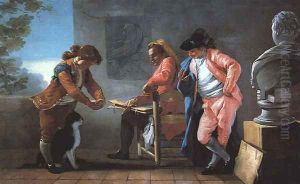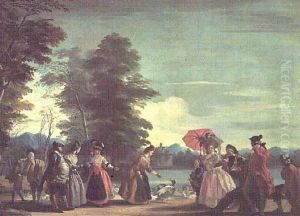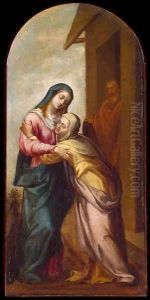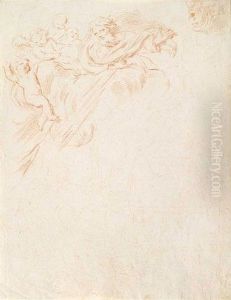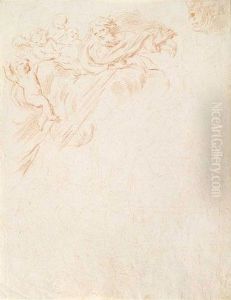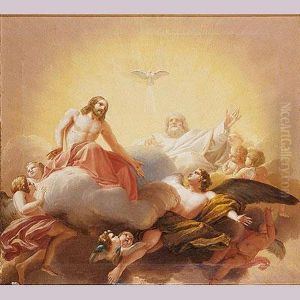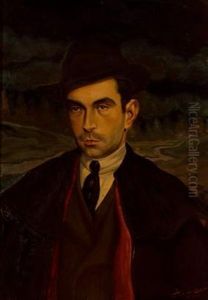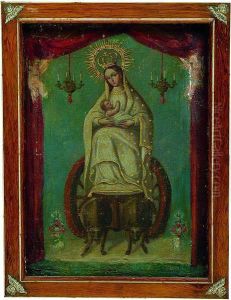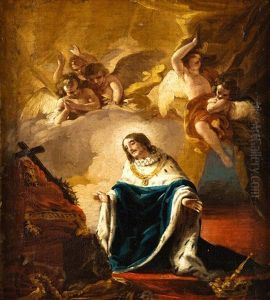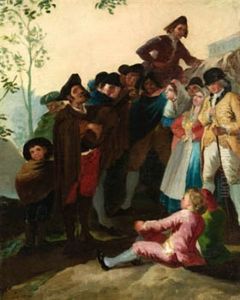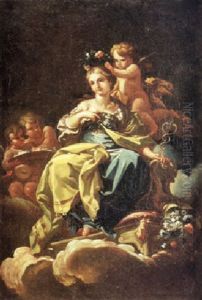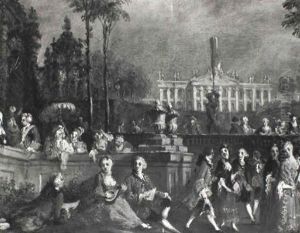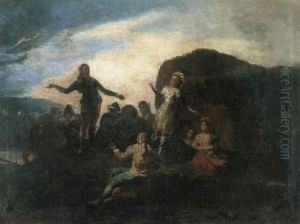Jose del Castillo Paintings
José del Castillo was an influential Spanish painter and a key figure of the late Baroque and early Neoclassical periods in Spain. Born on June 14, 1737, in Madrid, Castillo showed an early interest in the arts. He trained under the renowned painter Antonio González Velázquez and later attended the Real Academia de Bellas Artes de San Fernando, where he honed his artistic skills.
Castillo's work was marked by his adept use of light and shadow, a characteristic of the Baroque style, as well as an emerging Neoclassical clarity and simplicity. He was particularly known for his genre scenes, portraits, and religious compositions, which often depicted everyday life in Spain with a remarkable attention to detail and a sense of narrative.
Throughout his career, Castillo received numerous commissions from the Spanish court and the church. He worked on a series of cartoons for the Royal Tapestry Factory of Santa Bárbara in Madrid, which were used as designs for tapestries to decorate royal palaces. These works are considered some of his most significant contributions to the art world and reflect his capacity to blend the Rococo style with the emerging Neoclassical aesthetic.
Despite his success, Castillo's life was not without challenges. He faced competition from his contemporaries and navigated the changing tastes in art as Spain edged closer to the Neoclassical style. Nevertheless, Castillo's art remained influential, and he continued to be an important figure for younger artists, serving as a mentor to Francisco Goya, who would later become one of the most celebrated painters of his era.
José del Castillo's career was unexpectedly cut short when he died on October 5, 1793, in Madrid. Although he is not as widely known today as some of his contemporaries, his work had a lasting impact on the development of Spanish art, and he remains a respected figure in the history of Spanish painting for his contributions to the transition between the Baroque and Neoclassical periods.
